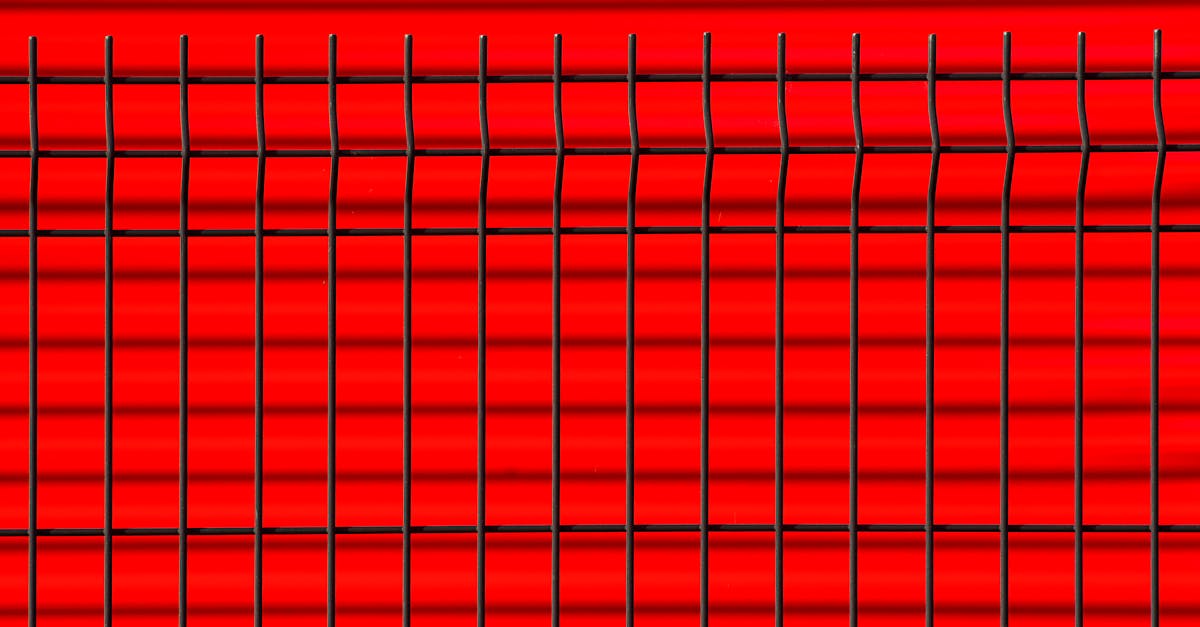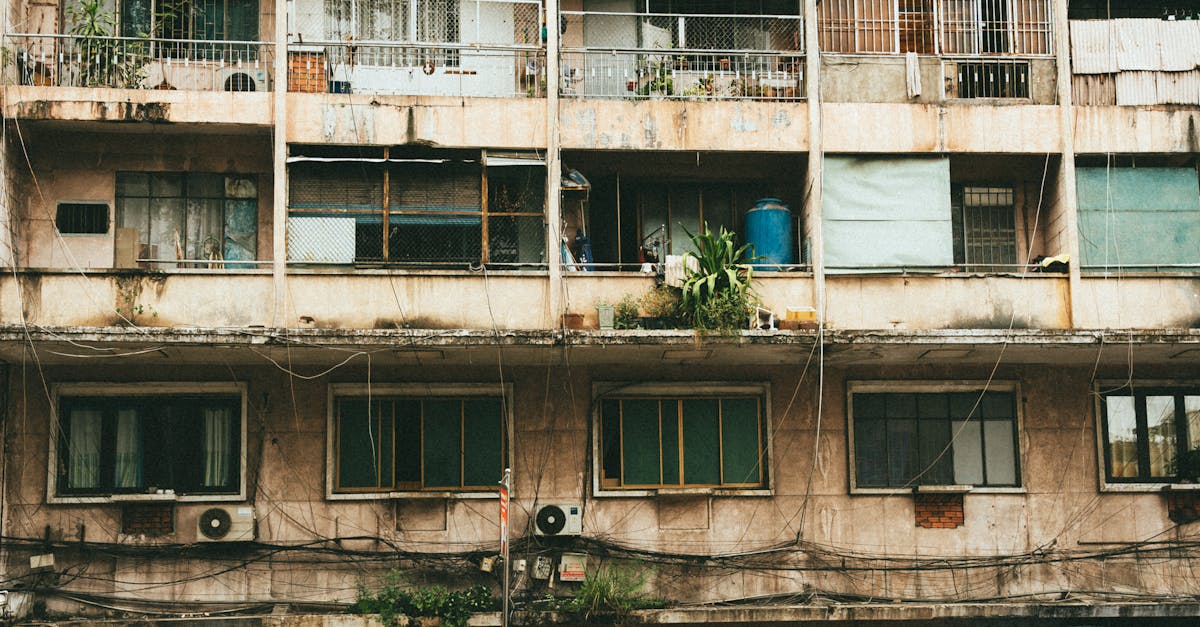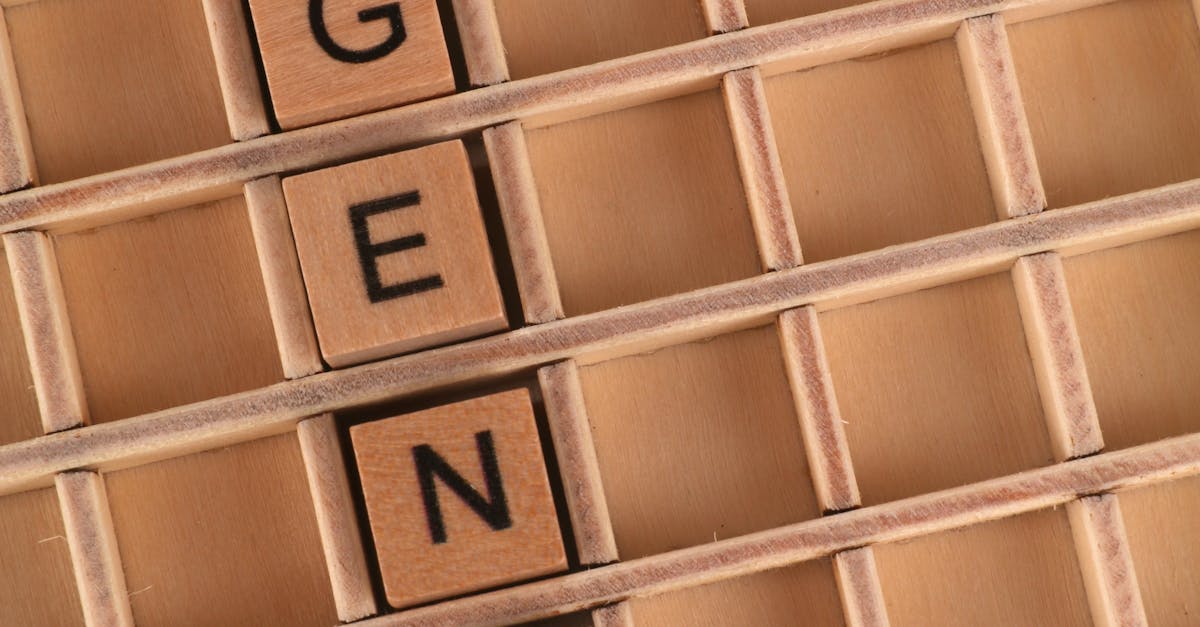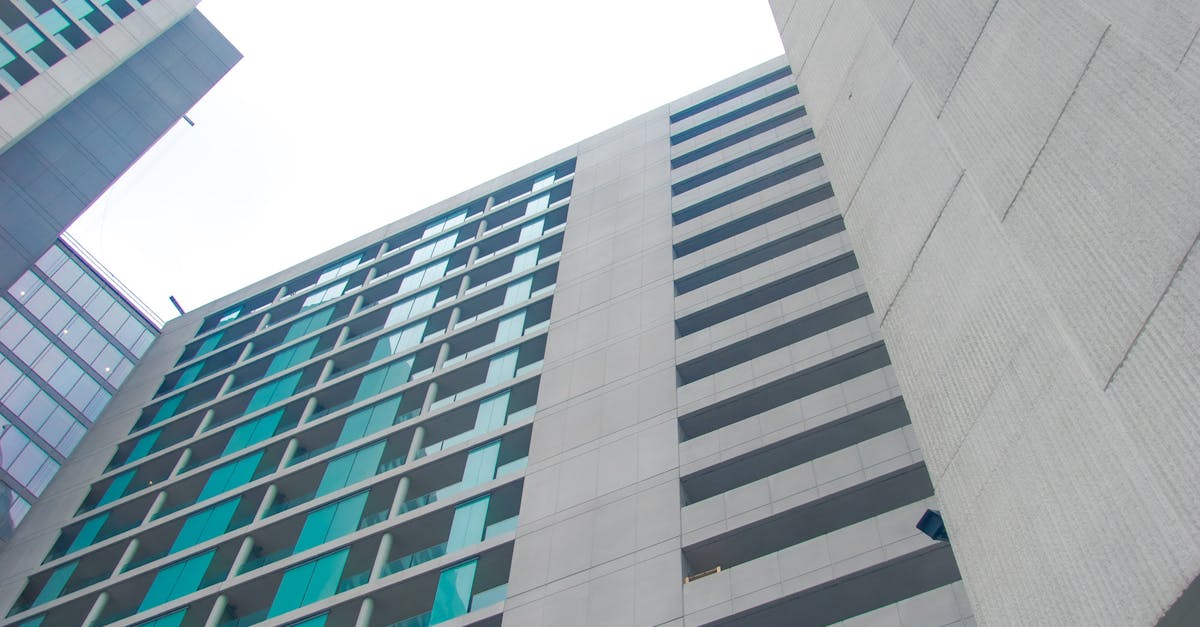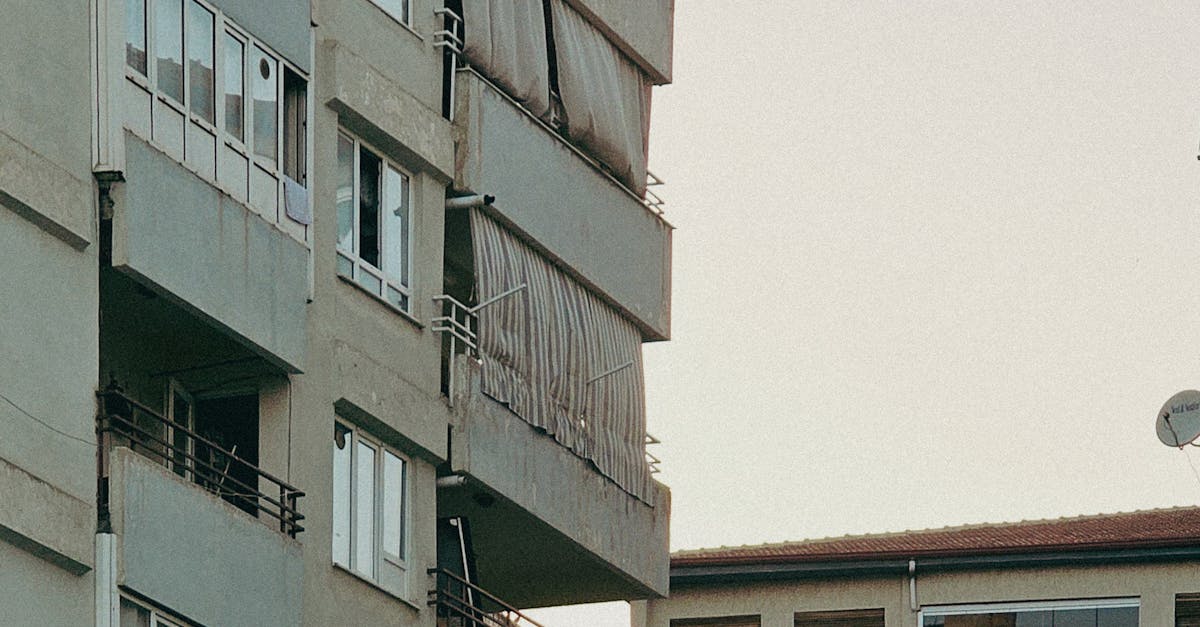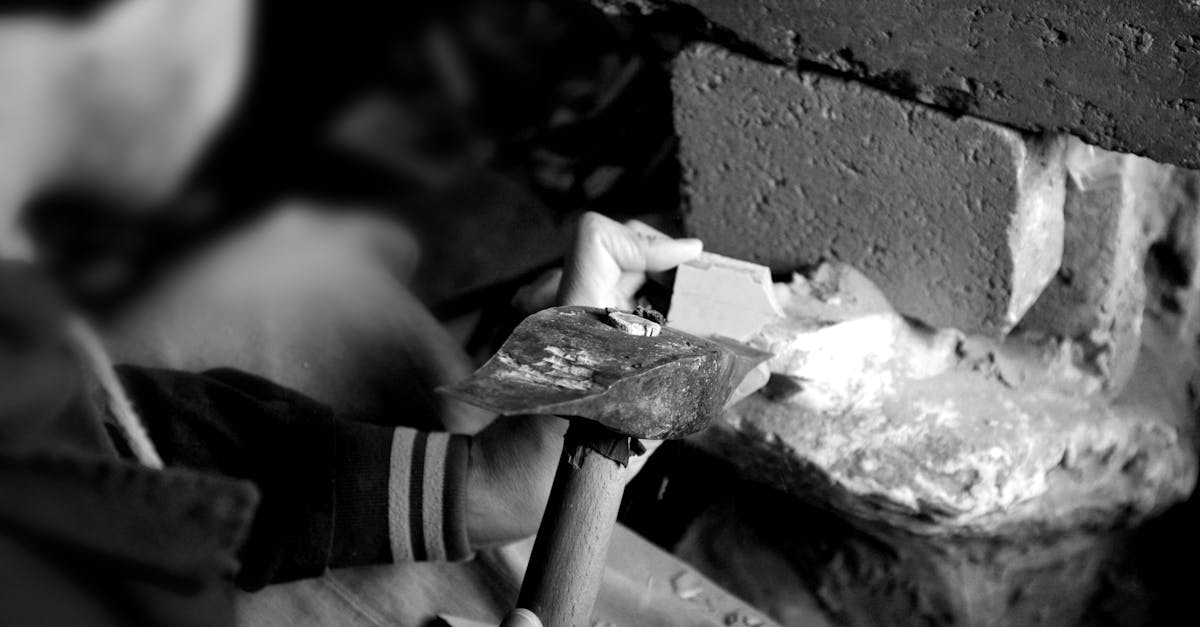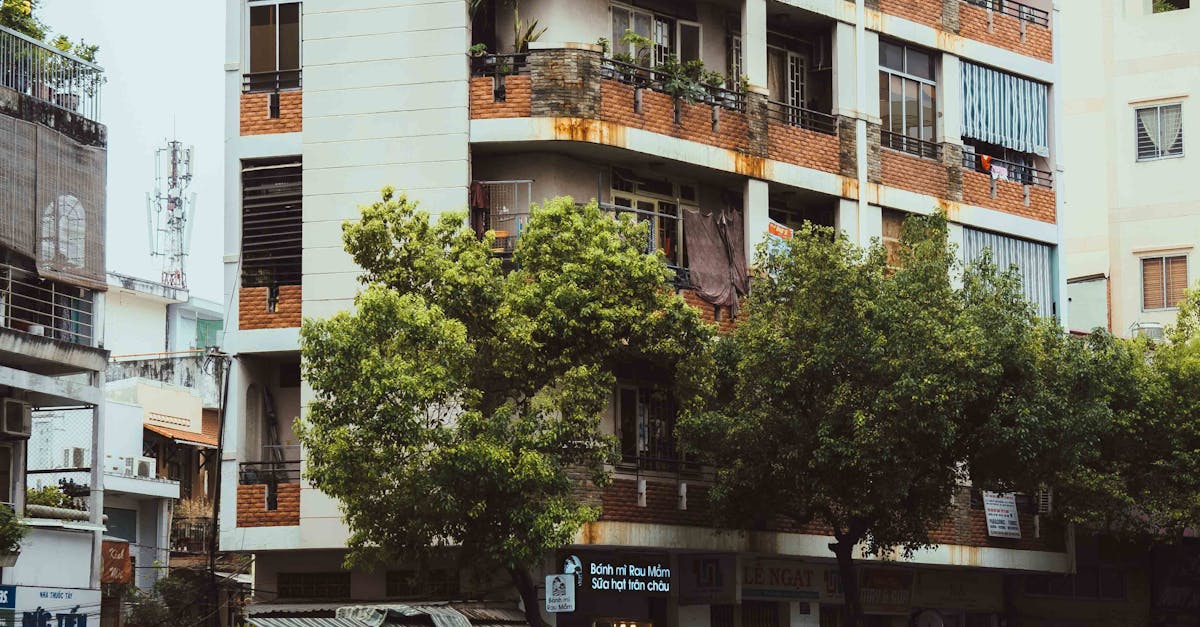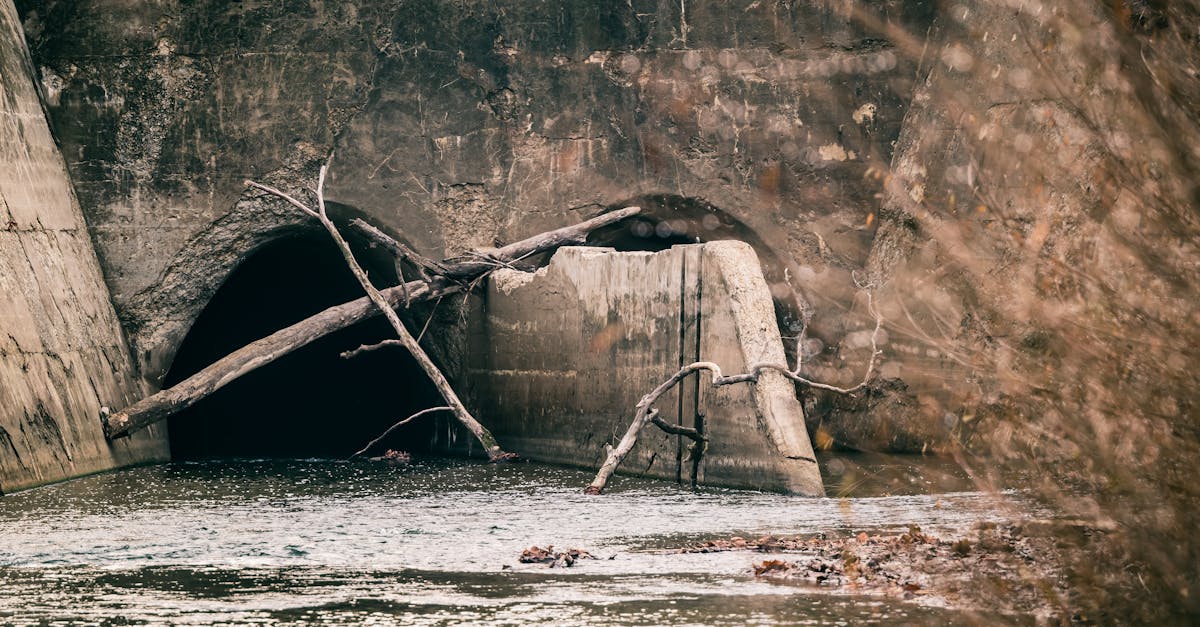
Table Of Contents
Potential Complications During Installation
Toilet installation and repair can come with a variety of complications that may arise during the process. Homeowners often encounter issues such as improper sealing, leading to leaks, which can cause water damage over time. Additionally, aligning the toilet correctly with the existing plumbing can be challenging. If not done properly, it may result in constant running or ineffective flushing, creating further frustration and additional costs.
Another common complication is the condition of the existing plumbing. Old pipes may not support a new toilet installation if they are rusted or clogged. Homeowners should also be mindful of the toilet's weight and size, especially in smaller bathrooms. These factors can affect the overall installation experience. Consulting with a professional may prevent future headaches and ensure that the installation meets all local plumbing codes.
Common Issues Homeowners Face
Homeowners often encounter several common issues when tackling toilet installation and repair. One frequent problem is encountering stubborn old fittings that do not come off easily. This can lead to delays and frustration, especially if the tools aren’t adequate. Additionally, misalignment between the toilet and the floor flange can cause leaks, making it essential to ensure a perfect fit and seal during the installation process.
Another challenge involves dealing with the existing plumbing system. If there are any underlying issues, such as corroded pipes or improper drainage, these may not become apparent until after the new toilet has been installed. Addressing these complications may require additional time and potentially higher costs, highlighting the importance of thorough preparation before beginning DIY toilet installation and repair.
Cost Comparison
When considering toilet installation and repair, homeowners often weigh the costs of a DIY approach against hiring a professional plumber. The DIY route may seem appealing due to the potential savings on labour costs. However, it's essential to factor in the price of tools, materials, and any unforeseen complications that may arise during the process. Errors made during installation can lead to more significant expenses down the line, including water damage or the need for professional assistance to fix mistakes.
On the other hand, hiring a plumber typically incurs a higher upfront cost, but this investment can be worthwhile for the peace of mind it provides. Professional plumbers come equipped with the necessary tools and expertise to complete the job efficiently and correctly. They can also identify potential issues that an inexperienced installer might overlook. Ultimately, the choice between doing it yourself and hiring a professional reflects not only on potential expenses but also on the value placed on quality and reliability in toilet installation and repair.
Evaluating the Expenses Involved
When contemplating the financial aspect of toilet installation and repair, homeowners must consider the costs associated with both DIY approaches and hiring a professional plumber. DIY installation may seem more economical at first glance, given the savings on labour costs. However, purchasing high-quality tools, materials, and the actual toilet can accumulate quickly. Additionally, if mistakes are made during the installation, those errors can lead to costly repairs down the line.
On the other hand, hiring a plumber ensures that the job is completed correctly and efficiently. Plumbers typically charge a flat fee or an hourly rate that covers their expertise and labour. This upfront cost may appear higher than a DIY attempt, but it often includes valuable knowledge of potential complications that could arise during toilet installation and repair. Ultimately, evaluating these expenses will help homeowners decide the most cost-effective and practical route for their situation.
Safety Considerations When Installing a Toilet
When undertaking toilet installation and repair, safety should be the utmost priority. Ensure that you turn off the water supply to prevent any leaks during the process. It is also wise to wear gloves to protect your hands from any sharp edges or bacteria. Consider using safety glasses to shield your eyes from debris that may arise while removing or fitting components.
Another critical aspect involves checking for proper ventilation in the work area. Stale air can lead to dizziness and other discomforts. Lifting the toilet can be cumbersome; employing proper lifting techniques is essential to avoid strain or injury. Having a helper can make the process smoother, allowing for safer manoeuvring of the toilet and its parts.
Ensuring a Safe Working Environment
When approaching any toilet installation and repair, ensuring a safe working environment is paramount. Clear the area around the toilet to prevent unnecessary accidents. This involves moving any nearby furniture or items that could become obstacles. It is also wise to have the right tools on hand to minimise the risk of injury while working. Wear appropriate protective gear, such as gloves and goggles, to safeguard against potential hazards associated with plumbing tasks.
Additionally, turning off the water supply before beginning installation reduces the chances of accidental flooding. Make sure to properly ventilate the space, especially if any adhesives or solvents are used during the process. Taking these safety precautions can facilitate a smoother installation experience while avoiding complications that may arise from an unsafe environment. Careful preparation can also help homeowners feel more confident about handling the project on their own.
FAQS
Can I install a new toilet myself, or do I need a plumber?
While you can install a new toilet yourself if you have some plumbing experience and the right tools, hiring a plumber is recommended for those unfamiliar with the process to avoid potential complications.
What are some common issues that homeowners face during toilet installation?
Common issues include improper sealing, misalignment of the toilet, leaks from the water supply line, and difficulty in removing the old toilet.
How much does it typically cost to hire a plumber for toilet installation?
The cost to hire a plumber can vary widely but typically ranges from $100 to $300, depending on your location and the complexity of the installation.
What are the safety considerations I should keep in mind when installing a toilet?
Ensure you turn off the water supply, use protective gear, and maintain a clean workspace to prevent slips and accidents during installation.
Is it worth the cost to hire a plumber for toilet installation?
It can be worth the cost to hire a plumber if you're unsure about the installation process, as they can ensure it's done correctly, avoid potential issues, and save you time and stress.



